With the EJC 110/112i family, Jungheinrich brings a completely newly developed range of pedestrian stackers to the entry-level segment. Thanks to the integrated lithium-ion battery, the design has been completely revised, resulting in a much more compact truck with more residual lifting capacity. Test conclusion: Experiencing is believing.
The EJC 110-112i focuses on the integration of the maintenance-free lithium-ion battery. To compensate for the disadvantages of the shorter truck length and lower weight of the li-ion battery, the total construction has been completely redesigned. For example, the mast profiles, seen from the side, have been widened and the outer profile has been given an extra angle. The wheel arms have also been strengthened and the entire chassis has been rebalanced to optimally distribute forces. The result is immediately noticeable when picking up a load. At the maximum 1,200 kg, the EJC 112i does not budge and lifts up to 2,900 mm effortlessly. Up to 3,800 mm, it picks up 830 kg and at the maximum lifting height of 4,700 mm, still 650 kg remains, all at a load distance of 600 mm.
The pedestrian stacker EJC 112i in our test has a load capacity of 1,200 kg and is equipped with a triple 4,700 mm (DZ) mast. This model is available in sizes (S) and (XS), which differ mainly in their l2 dimensions. The (XS) has a l2 size of 604 mm and accommodates batteries of 50 and 100 Ah, while the (S) has a l2 size of 654 mm and allows battery capacities of 105, 150 or 200 Ah. The smallest l2 size of their predecessors is 672 mm so here really are two remarkably compact stackers. Chassis height is also considerably lower. As a result, we see 650 mm of forks on the new truck when standing at a normal working position, compared to 345 mm on the old model.
All trucks in this EJC 110-112i family come with a built-in 230V li-ion battery charger from 15 up to 70A capacity.
The new stacker lifts much faster than its predecessor. This is due to the stronger pump motor and better matching between pump capacity and lifting cylinder. We measure scores well above average in this class. Compared to the EJC110 from our 2017 test, lifting speed has almost doubled. Point for improvement, as far as we are concerned, is a soft landing when handling loads to prevent shocks and impacts. Jungheinrich says that this system is on board but was deactivated for having the most favorable test results.
Travel and acceleration speeds have remained pretty much the same. On the most powerful setting P3, we get to 6.05 km/h both with and without load, which is nice and smooth.
The EJC 112i has been given a shorter tiller because the mounting point on the drive unit is higher. This makes you walk slightly closer to the truck than with the previous model, but we never found this to be a problem during testing. The working distance is fine and stays that way thanks to a well-functioning automatic reduction of travel speed when cornering and at a different vertical drawbar angle.
On our standard stacker test track, we drive the new truck on all 3 available programmes and with and without CurveCONTROL. The testtruck starts up in P2 by default and that mode delivers almost the same productivity as did the EJC in our previous test in 2017 in its strongest mode P3. If we set the new truck to this maximum setting, we get 8.5% higher performance than its predecessor. If we switch off CurveCONTROL, we add another 3% to that score.
We assume that this entry-level stacker is not primarily chosen for its productivity. What matters is that everything is pleasantly smooth to operate, and the truck feels and performs very stable and predictable. This has been achieved very well. Compared to the market average, the EJC 112i performs above average on almost all aspects.
Looking at energy consumption, the newcomer is less efficient than its predecessor. We guess that is the price you pay for more lifting power and speed. Is that a problem? We don’t think so. On P3 with the 150 Ah battery, we see a practical duty cycle of over 5 h. Thanks to the built-in charger, you can recharge easily and without negative effects during breaks at any 230V socket. Another option is to opt for the 200 Ah battery that allows you to work for 1:45 hours longer.
With a choice of various models, mast types and battery capacities, the new Jungheinrich EJC 110-112i family is broadly represented. From monomast to wide spread model, and with initial support leg lifting, it is an entry-level class without too many bells and whistles. Auxiliary systems such as OperationCONTROL and PositionCONTROL are missing, as they do exist in the Jungheinrich PowerLINE trucks with the slightly higher load capacities. Nevertheless, several options are available such as weight indication (50 kg accurate), CurveCONTROL, Panoramic Mirror, FloorSpot and various instrument holders. These can be mounted on various standard connection points. For deployment in cold conditions, a cold store version is available up to -28 degrees Celsius.
With the new EJC 110-112i series, Jungheinrich brings to the market a remarkably compact range of stackers with improved performance. The trucks have perceptibly good stability and operate pleasantly and predictably. Points for improvement as far as we are concerned are a (activated) soft landing of the loaded fork and possibly a different type of gearing in the drive unit. At higher masts like the 4,700 mm of our test truck, you feel that the truck moves back and forth a bit on the drive unit when lowering a heavy load. With lower masts and lower weights, this is much less the case. Jungheinrich is considering whether to make the slightly more expensive diagonal gearing optional for customers with high masts and heavy loads.
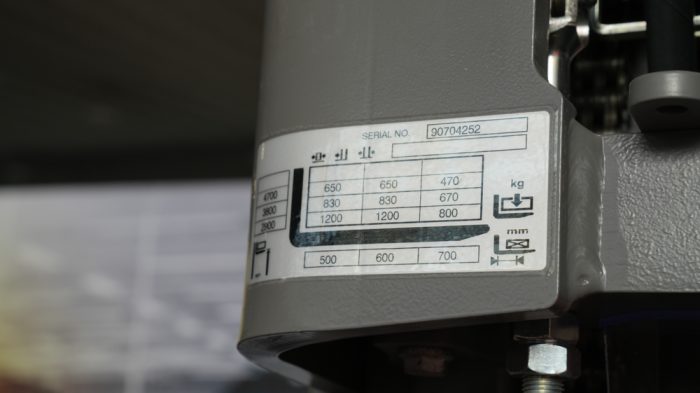
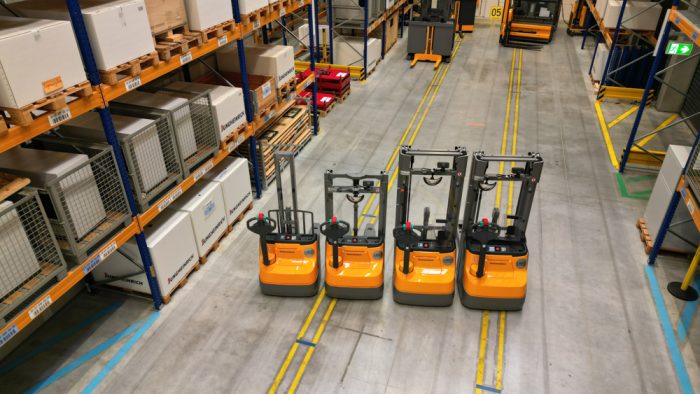
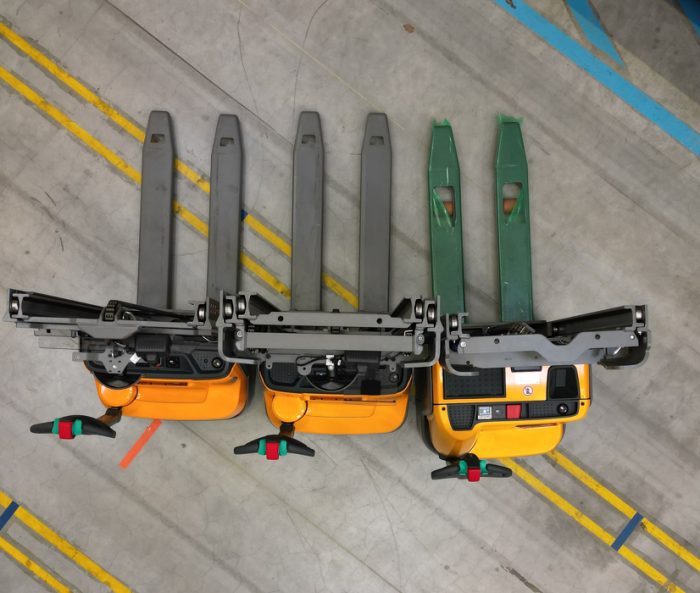
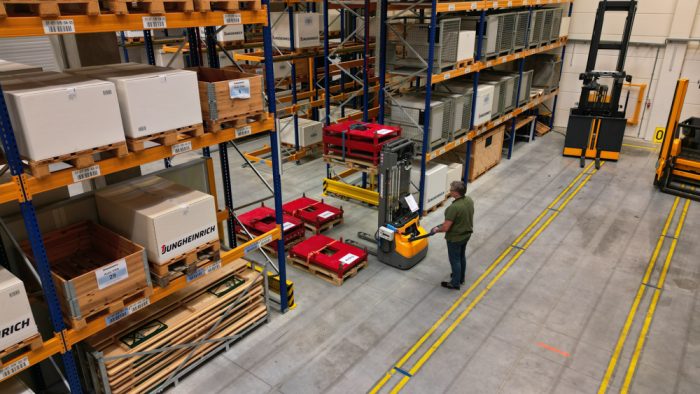
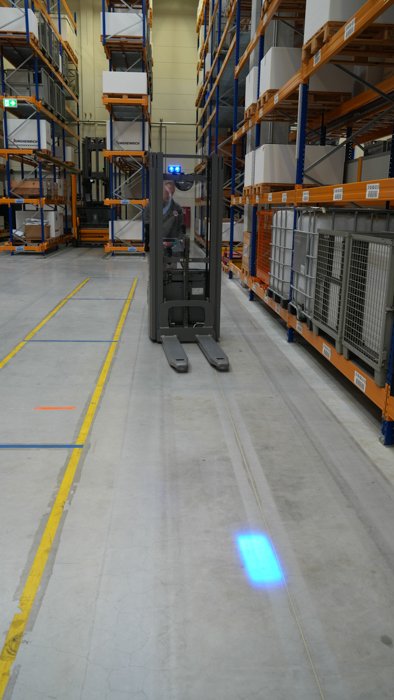
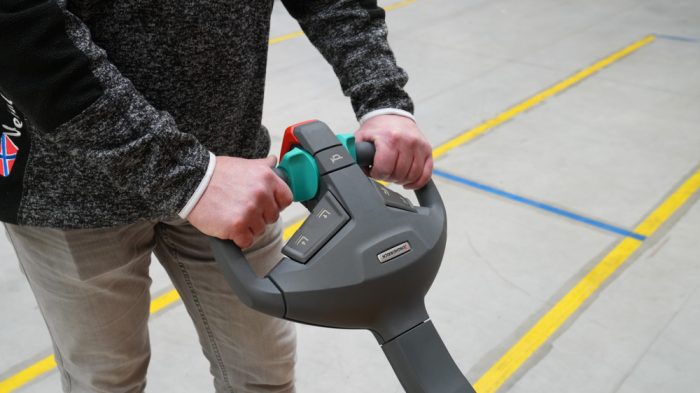

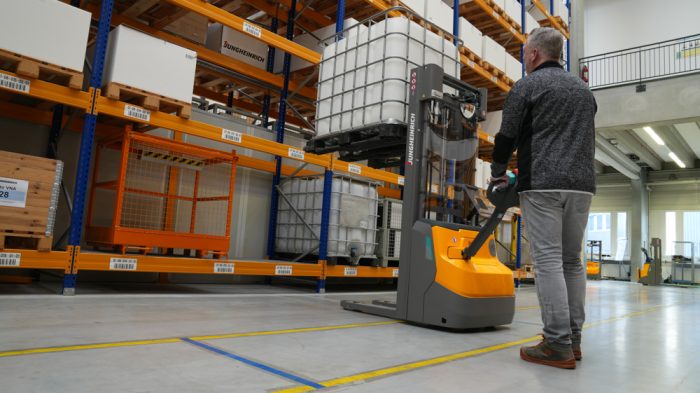
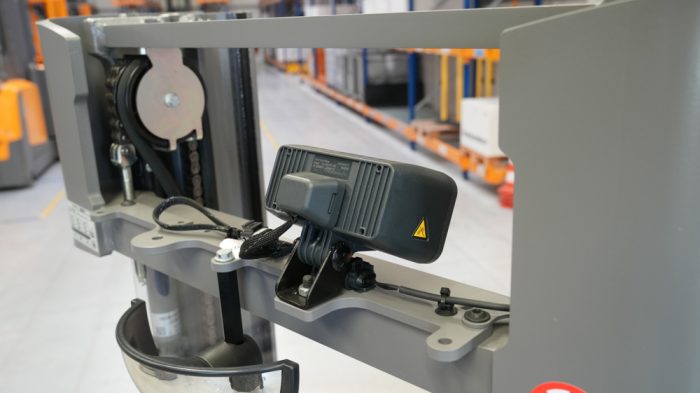
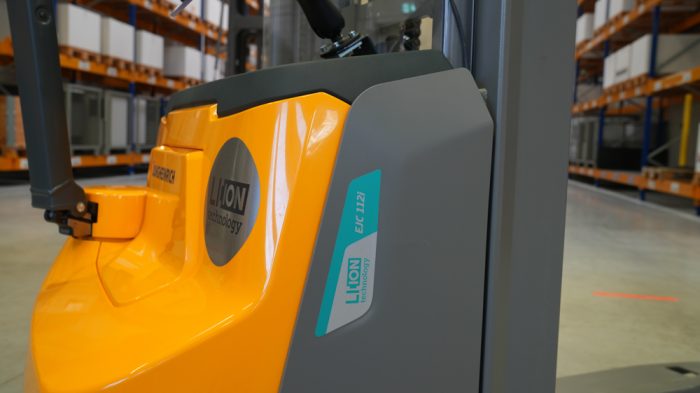
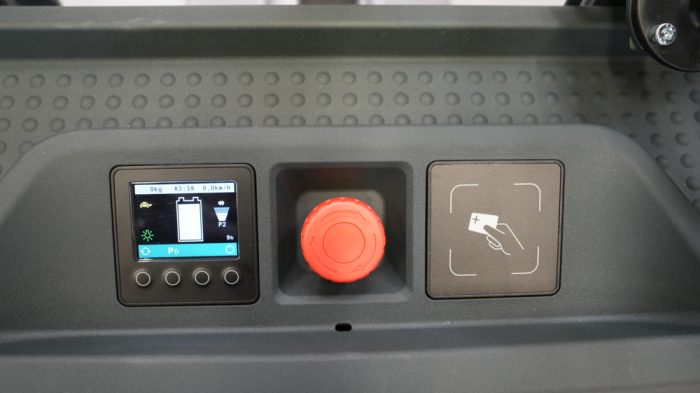
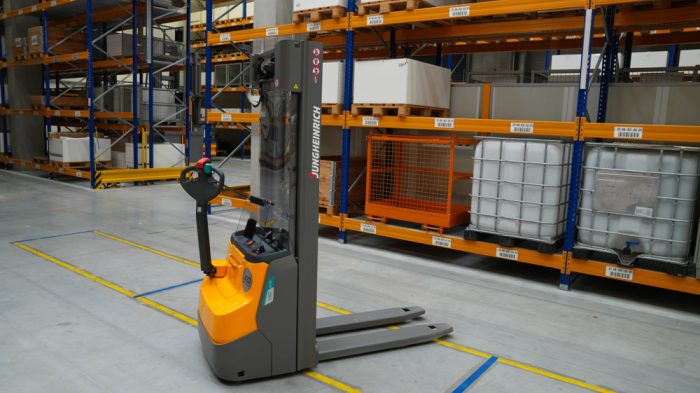
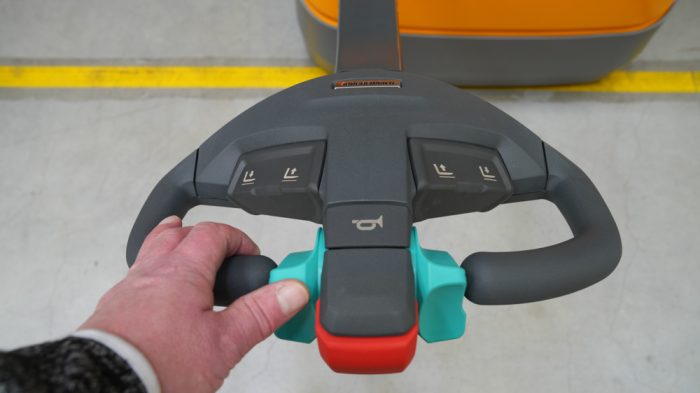
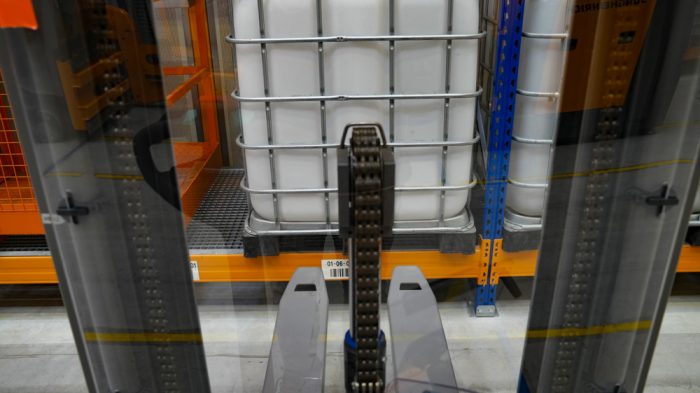
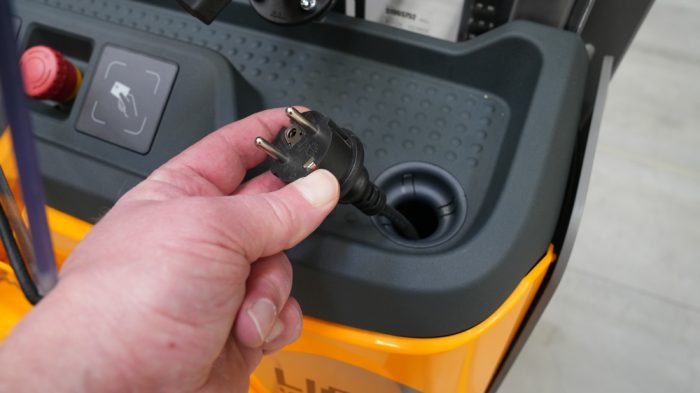
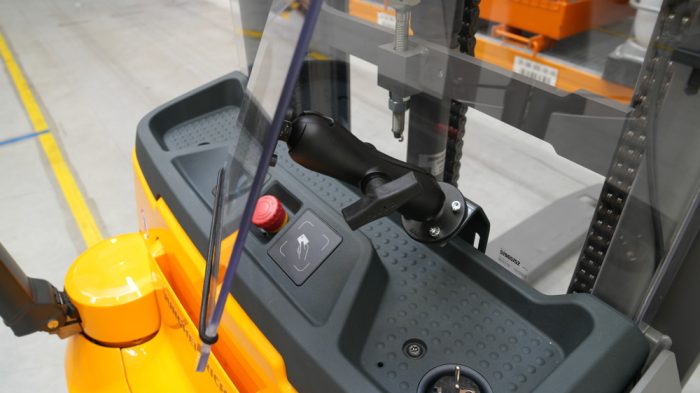
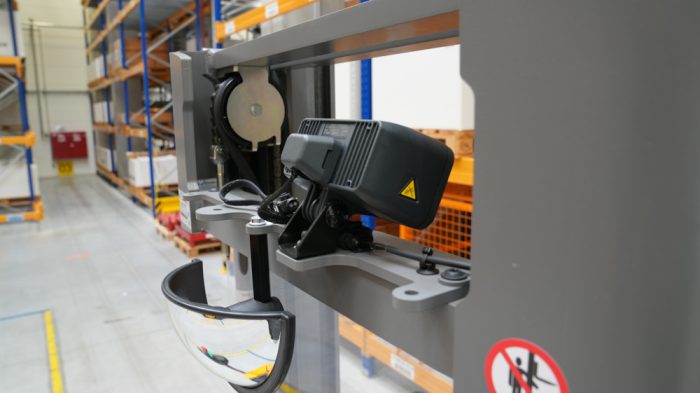
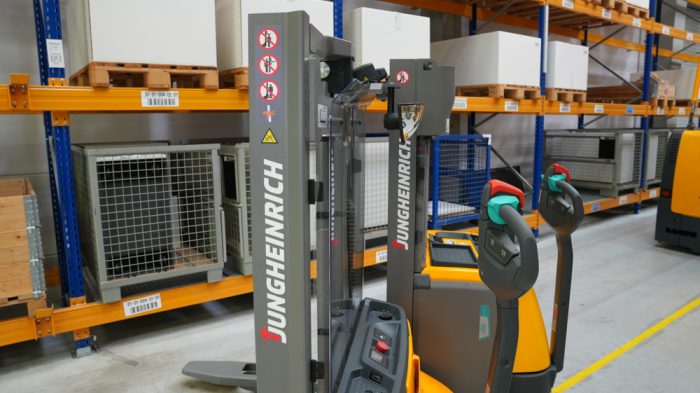
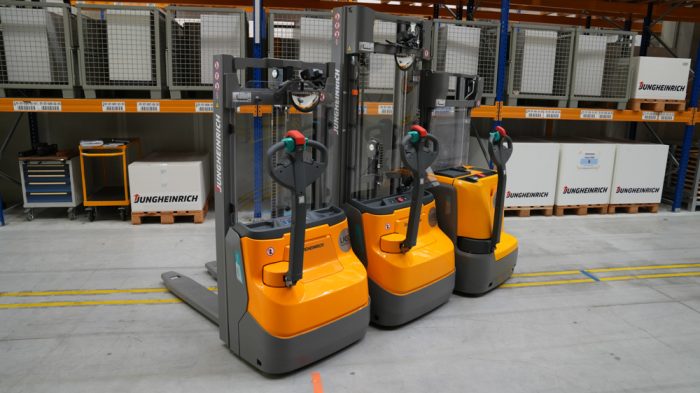
(Text and photos: Theo Egberts and Mark Dohmen)
Tags:
Andersom test, Andersom testing, Intralogistics, Jungheinrich, Jungheinrich EJC 110-112i, Stacker, Stackers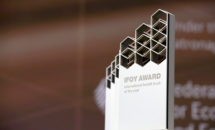
The entry phase for the IFOY AWARD is approaching home ...

Successful update Crown has given its popular WAV 6...
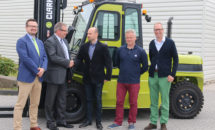
With the appointment of Bintech as Clark sales and serv...